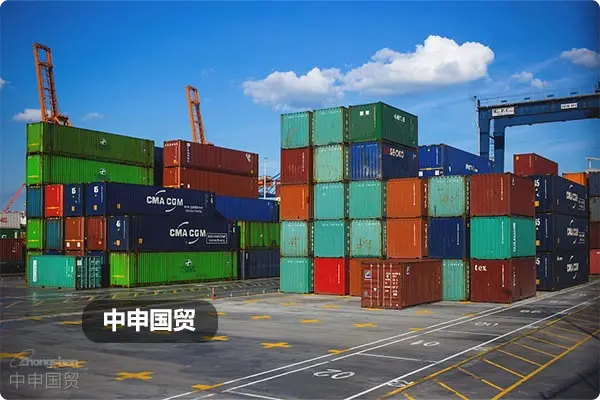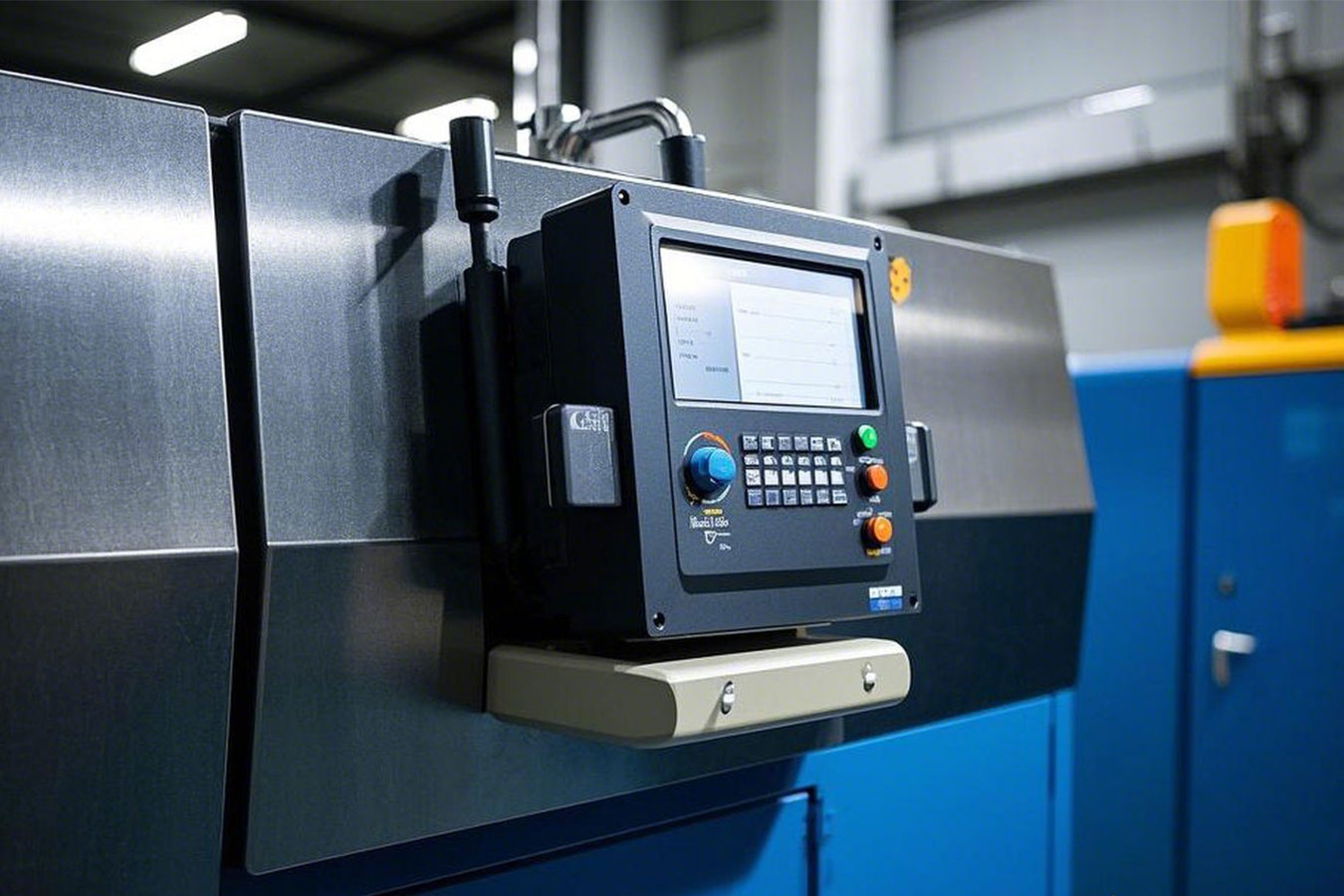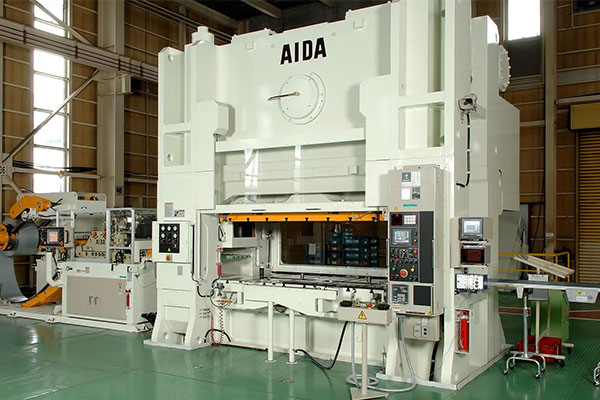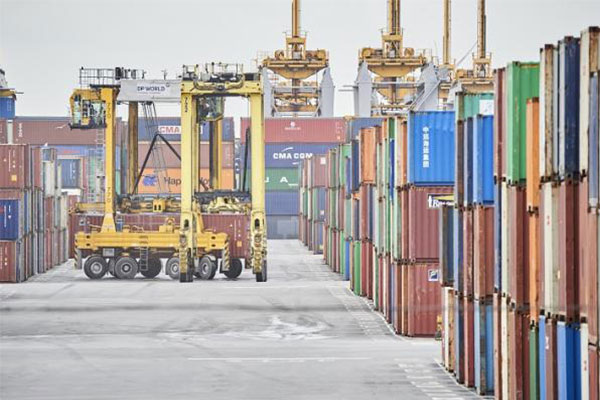- Shanghai Zhongshen International Trade Co., Ltd. - Two decades of trade agency expertise.
- Service Hotline: 139 1787 2118

For the special needs of heavy machinery, excellent agent companies should provide:Equipment ImportsSpecial challenges
The global industrial automation market size is projected to exceed $380 billion by 2025. Chinese enterprises face dual challenges when importing automated equipment: on one hand, they must address...Accelerated Technological IterationOn one hand, there are updates to the certification standards being introduced, and on the other hand, there is a need to address them.Differences in multinational regulatory systemsThe resulting compliance risks. A certain auto parts manufacturer once failed to update the ESD protection certification under Annex IV of the EU Machinery Directive in a timely manner, leading to $1.2 million worth of assembly line equipment being detained at the Port of Rotterdam for 37 days.
The implementation path of the core value of agency services
Professionalforeign tradeAgents play three core roles in the import of automated equipment:
- Pre - review mechanism for technical documents
- Verification of the validity of electrical safety certification versions (e.g., UL, CE)
- Compatibility Verification of Software Control System with the Target Country's Data Security Law
- Tariff optimization scheme design
- The HS code pre-classification error rate is controlled within 0.8%.
- The utilization rate of free trade agreements has increased to 92%.
- a comprehensive risk management system
- Real-time synchronization of transportation temperature and humidity monitoring data
- The intellectual property record must be filed at least 15 working days in advance.
Key Changes in the 2025 Admission Policy
The enhanced regulations in major importing countries exhibit three new characteristics:
- United States: Added FCC Part 15B test module for the AI control system.
- European Union: The 9th Amendment to the Machinery Directive 2006/42/EC comes into effect.
- ASEAN: The ACCSQ has expanded the Mutual Recognition Arrangement (MRA) equipment list to cover 28 product categories.
Comparison of Typical Problem-Solving Approaches
A case of robot imports demonstrates:
- Enterprise self-operation: Due to the failure to recognize the update of the Japanese JIS B8433-2019 standard, rectification costs of $120,000 were incurred.
- Intervention of agency services: The pre-screening mechanism identifies risks in advance, saving 22 working days in customs clearance.
Key Cost Control Indicators
Professional agency services can reduce overall costs by 18%-25%, mainly reflected in:
- The incidence of demurrage fees has decreased by 76%.
- The tariff dispute resolution cycle has been shortened to 7 days.
- The cost of technical rectification has been compressed to below 1.2% of the cargo value.
Service Selection Evaluation Dimensions
It is recommended that enterprises evaluate potential agency partners based on four key dimensions:
- Completeness of case database for specific industries (recommended ≥300 cases)
- Proportion of technical expert team allocation (recommended ≥25%)
- Emergency response time commitment (recommended ≤2 hours)
- Compliance ensures insurance coverage (recommended ≥120% of the cargo value).
Related Recommendations
? 2025. All Rights Reserved. Shanghai ICP No. 2023007705-2  PSB Record: Shanghai No.31011502009912
PSB Record: Shanghai No.31011502009912










